
Hong Kong: badly conceived plan to boost tourism
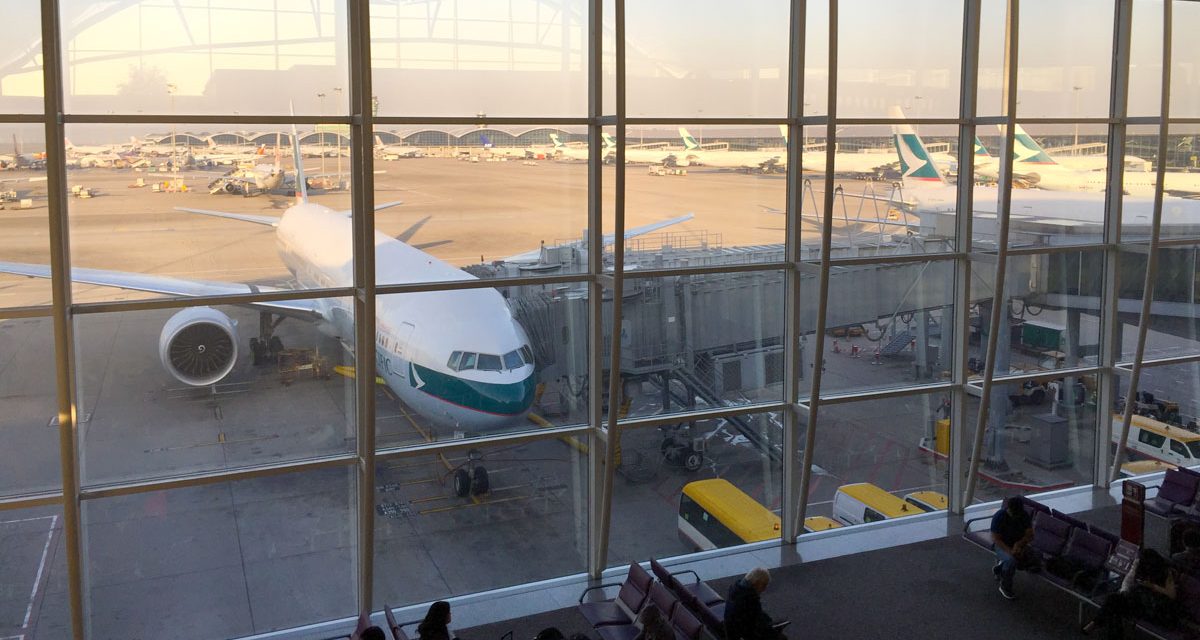
In case you haven’t noticed, Hong Kong and its citizens have been doing it tough lately.
In a bid to assert what they see as the rights that were agreed to when Hong Kong was returned to China (the ‘One China, two systems’ approach), Hong Kongers have been staffing the barricades against police, thugs and the disapproving eye of the central Chinese government. There seems to have been some excessive behaviour on both sides, which has resulted in tourists staying away in droves.
The protests have nobbled Hong Kong’s tourism industry. Visitor numbers for August were the most dismal for 16 years. A paltry 3.6m people arrived, down from 5.9m during the same month last year. Tourism from mainland China, easily Hong Kong’s most important market, has been particularly badly hit. . . . their numbers fell in August to 2.8m, down from 4.8m in the same month last year.
The Economist
Content of this Post:
Industry requested remedies
To remedy this situation, the SCMP reports that airlines (70 of them) have requested a reduction in airport fees, until airlines, which have cut back capacity, get back on their feet.
OK, this is airline centric, but it would help the airlines mitigate their losses so far, and those projected for the next six months. Others have suggested low cost or interest-free loans to tourism operators to help them get through.
However, it’s not a popular suggestion amongst the HK government.
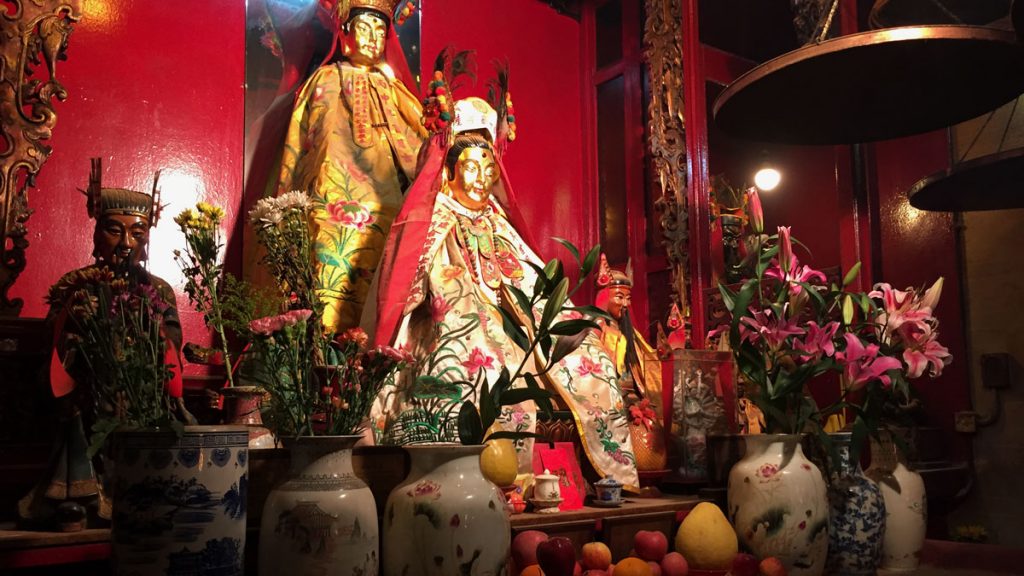
Government solution
The HK government has proposed an HK$100 million plan from now until March 2020 that they will pay travel agencies HK$120 for each overnight visitor it recruits. On the other hand, it will pay HK$100 for every outbound holidaymaker. Payments are capped at HK$60,000 per travel organisation.
Critics fear that this could end up going to ‘zombie’ companies. As appealing as that sounds – who doesn’t like zombies – you can see how providers might game the system by dividing themselves into smaller companies in order to maximise that HK$60,000 per travel organisation limit.
This proposal – as you would expect has a few critics. The criticisms are along the lines of travel agencies pocketing the money rather than using it to promote Hong Kong tourism.
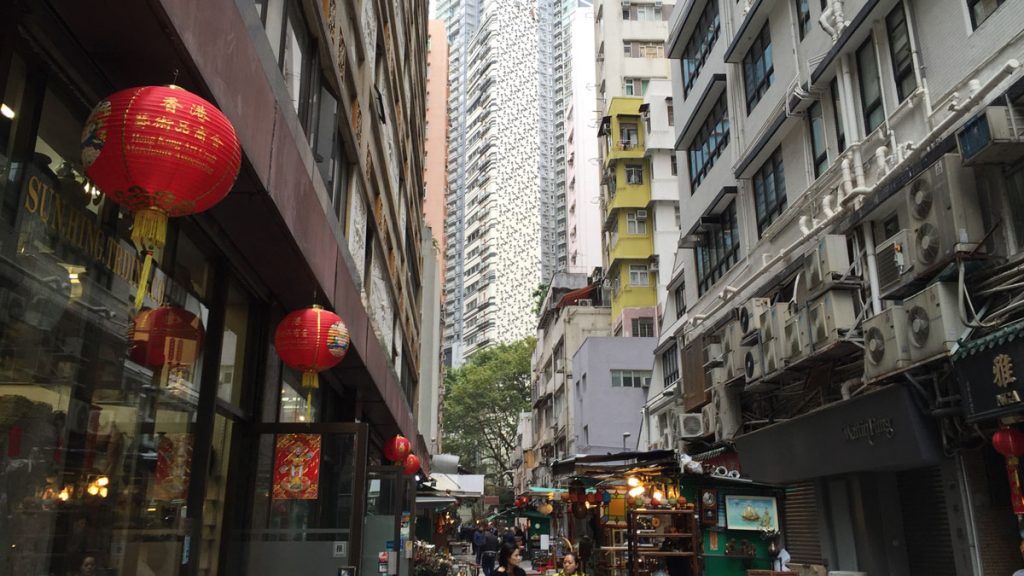
Actual Solution
The actual solution is to quieten things down in Hong Kong, which probably means at least answering directly the ‘five key demands‘. These include the withdrawal of the extradition deal (promised), an inquiry into police brutality (surely this, or a more general enquiry could be set up?), Amnesty for those arrested (that could be a challenge), dual universal sufferage (extend to both houses – another challenge) and the more symbolic point, of reframing ‘rioters’ back to ‘protestors’.
There are plenty of examples of tourism markets returning to normal, or indeed doing more than bouncing back once incidents have calmed down. Think Paris after the terror attacks, Thailand after the whole yellow shirts protests, or even the Hong Kong ‘Umbrella’ protests of earlier.
2PAXfly Takeout
Hong Kong is a wonderful destination or layover if you are travelling Australia to Europe, or need a central launching pad for exploring Asia.
But at the moment – I would probably be OK transiting it, but would not be making it a destination.
Incentives for the tourism industry are always cause for debate. And let’s face it, its putting lipstick on a pig. The real solution here has to be social and political. Negotiate the unrest, and bring HK back to stability. Quelling it with tear gas, water cannon and beatings will not work.
I fear that extending the trouble will feed into the argument of the central government. If HK cannot govern itself, then why let it exist with a separate administration at all?
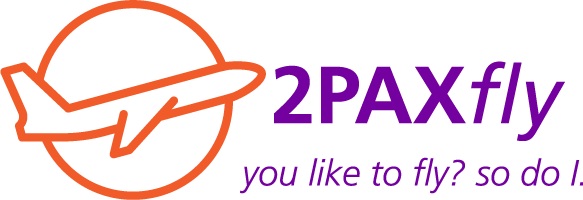

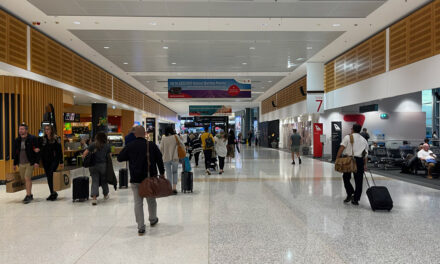


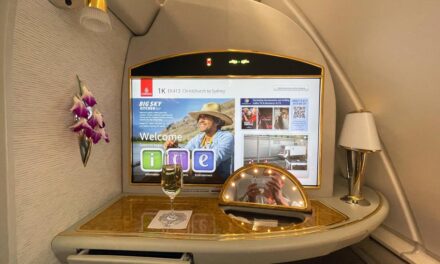
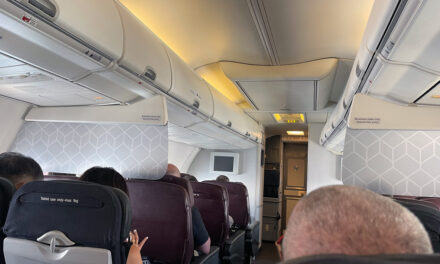

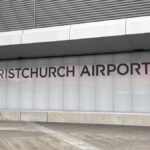

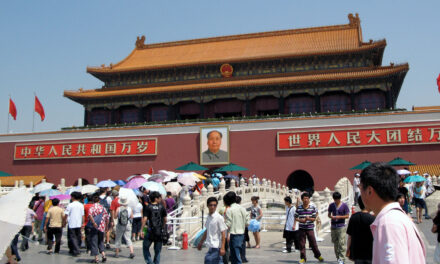
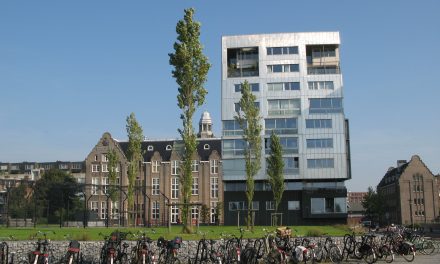
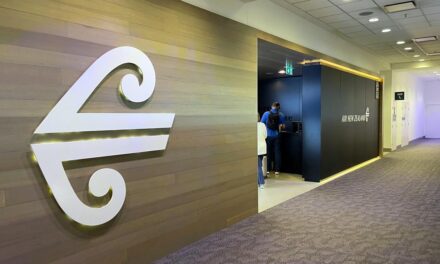
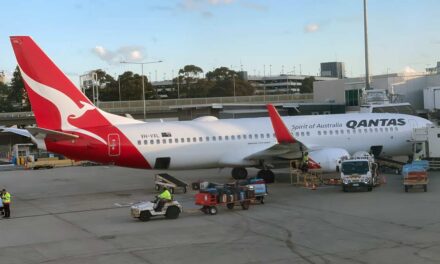
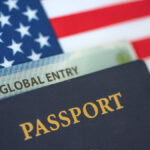
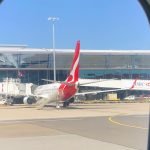

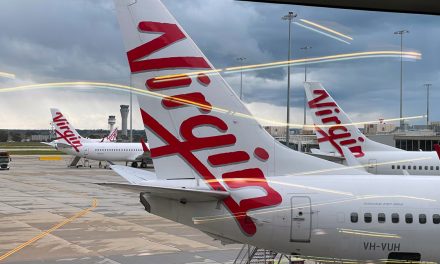

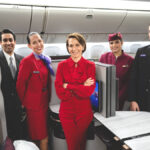





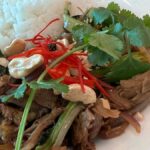
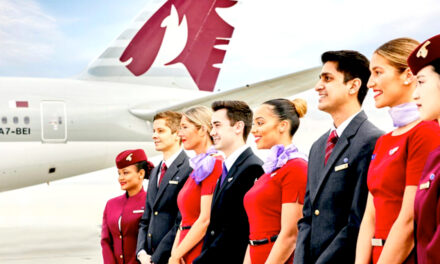



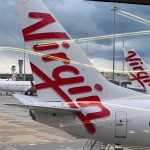

What did you say?